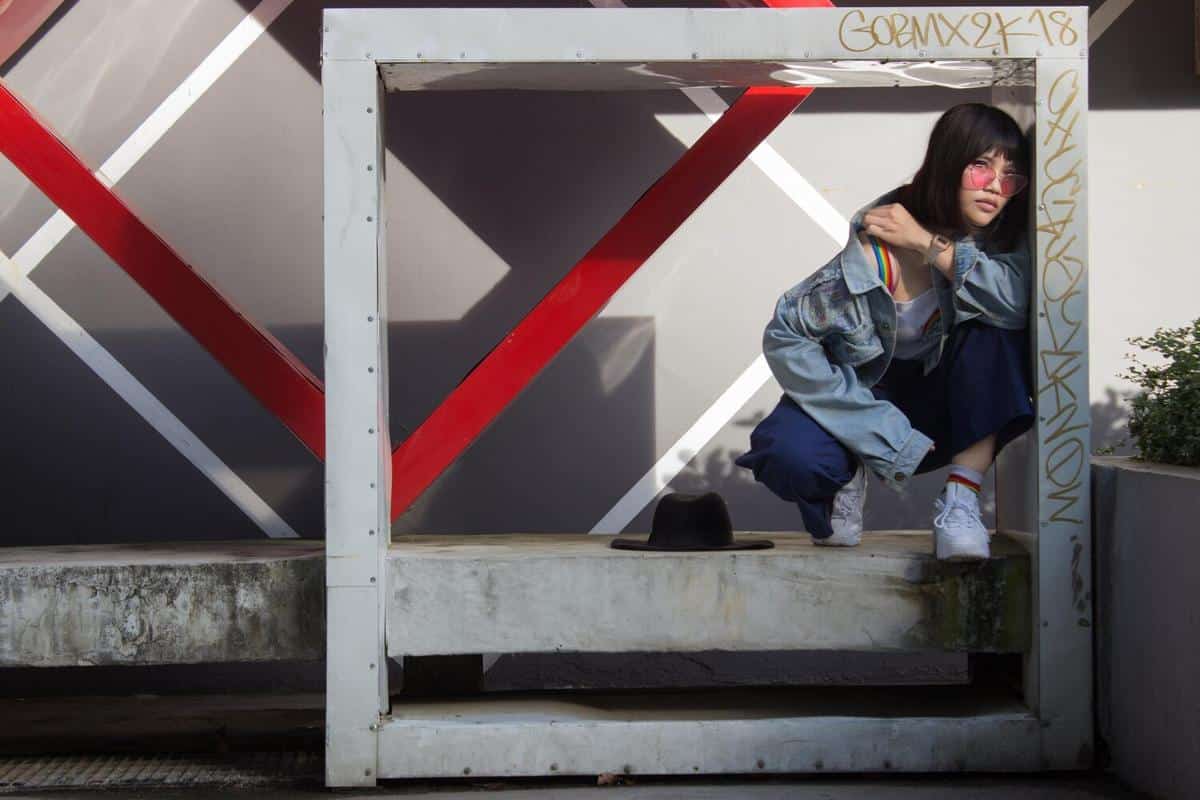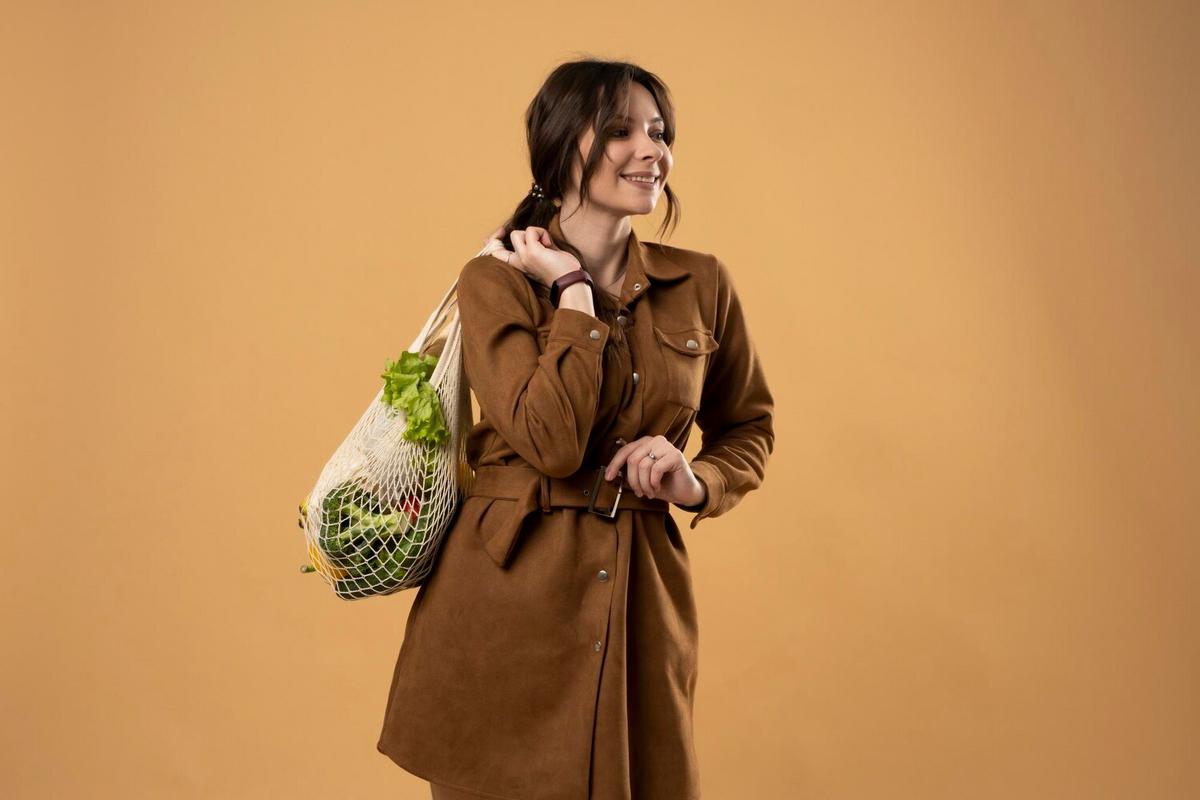
The Future of Circular Fashion: A Zero-Waste Approach
Imagine a world where fashion is not only about looking good but also about feeling good about your choices. As the fashion industry evolves, there’s a growing movement towards circular fashion, a concept that’s reshaping how we think about clothing and sustainability.
The future of circular fashion is a compelling journey towards a zero-waste approach, where the lifecycle of clothing is extended through reuse, recycling, and upcycling. This approach not only addresses the environmental impacts of fashion but also redefines consumer habits.
The Circular Fashion Model
Circular fashion is about creating a closed-loop system where garments are designed for longevity and recyclability. According to the Ellen MacArthur Foundation, the industry could save $192 billion annually by adopting circular practices. This model involves designing clothes with sustainable materials, encouraging repair and reuse, and developing recycling technologies.
Expert Insights
Fashion expert Lucy Siegle highlights, “Circular fashion is more than just a trend; it’s a necessary evolution for the industry.” Her insights emphasize the shift in consumer demand towards more sustainable and environmentally friendly options.
Statistics That Matter
Research by the Global Fashion Agenda indicates that less than 1% of clothing is recycled into new garments. This staggering statistic underscores the potential for growth in circular fashion practices.
Personal Stories
Take the story of Alex, who transformed his wardrobe by embracing second-hand shopping and supporting brands that prioritize sustainability. His journey towards circular fashion has not only reduced his carbon footprint but also inspired others around him.
Actionable Steps Towards Zero-Waste
- Choose Quality Over Quantity: Invest in high-quality pieces that last longer.
- Embrace Second-Hand: Thrift shops and online marketplaces offer unique and sustainable options.
- Repair and Upcycle: Learn basic sewing skills to repair and customize your clothes.
- Support Sustainable Brands: Look for companies committed to circular fashion principles.
Comparison Table: Linear vs. Circular Fashion
| Aspect | Linear Fashion | Circular Fashion |
|---|---|---|
| Design | Short-term use | Long-term use |
| Material | Non-renewable | Renewable/Recyclable |
| Production | Mass production | Eco-friendly production |
| Consumption | Fast fashion | Slow fashion |
| Waste | High waste | Minimal waste |
| End-of-Life | Disposal | Recycling/Upcycling |
| Impact | Environmental harm | Environmental benefit |
| Cost | Lower initial cost | Higher initial cost |
Conclusion
The future of circular fashion is promising, offering innovative solutions to reduce waste and promote sustainability. By making conscious choices and supporting circular practices, we can contribute to a more sustainable fashion industry.
FAQs
What is circular fashion?
Circular fashion is a sustainable approach to clothing that focuses on designing, producing, and recycling garments to minimize waste.
How can I start adopting circular fashion?
Begin by choosing high-quality clothes, supporting sustainable brands, and recycling or upcycling your wardrobe.
Why is circular fashion important?
It reduces environmental impacts, conserves resources, and promotes a sustainable economy.


